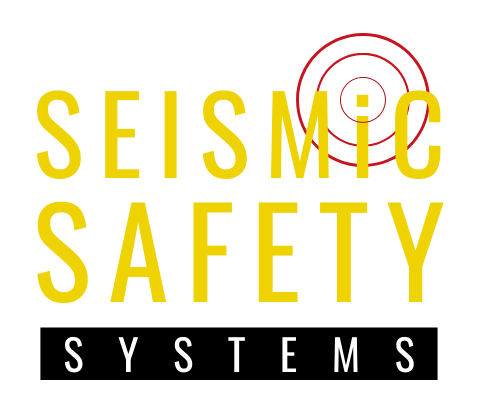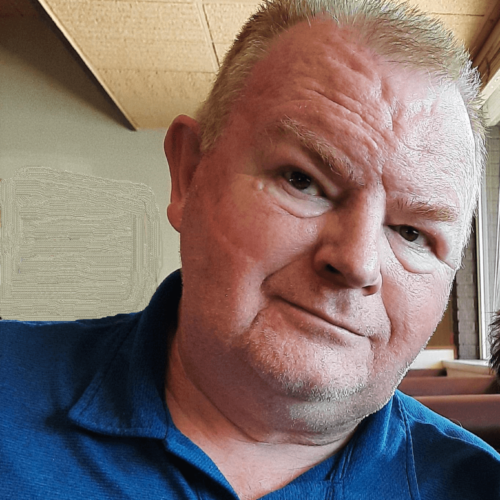Dave Read has decades of experience in all aspects of the housing industry. He is a General Contractor, Real Estate Broker and has experience in mortgage and construction lending, investments, development and enjoys remodeling. He has observed market trends, house styles, materials and construction methods since the split-entry, a conversation pit and avocado green appliances were favorites, back when, a built-in dishwasher was an extra upgrade.
With more than four decades helping people have a roof over their heads he has made many friends and helped grandparents, parents, and children as many family’s trusted agent for generations.
Dave was entrusted with the preservation of a century old house in the course of his business investments. The March 2020 Magna Quake caused structural damage and almost brought it down. Dave’s investment was literally just another strong jolt away from becoming a heap of ‘bricks and sticks’ to be hauled off.
Dave assembled an expert team to save the historic old house and found so much that can be done that homeowners, real estate agents and even contractors just don’t know that would have saved a lot of expense and grief. Dave began a crusade to raise awareness and encourage preparedness. He greatly desires to save anybody else from the potential loss of a home but even more importantly to help his friends, clients and family avoid injury or loss of life by preparing before the inevitable next event occurs.
R House Strong LLC dba Seismic Safety Systems is Dave’s way of inviting you to become friends like family as we work to reinforce, strengthen, protect and eliminate hazards in your home with proven methods that really make all the difference in the world.


